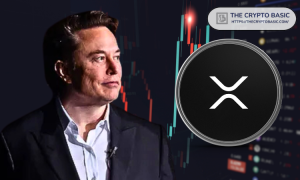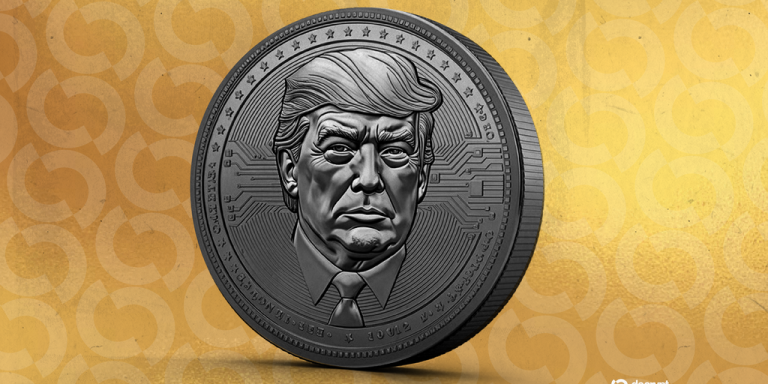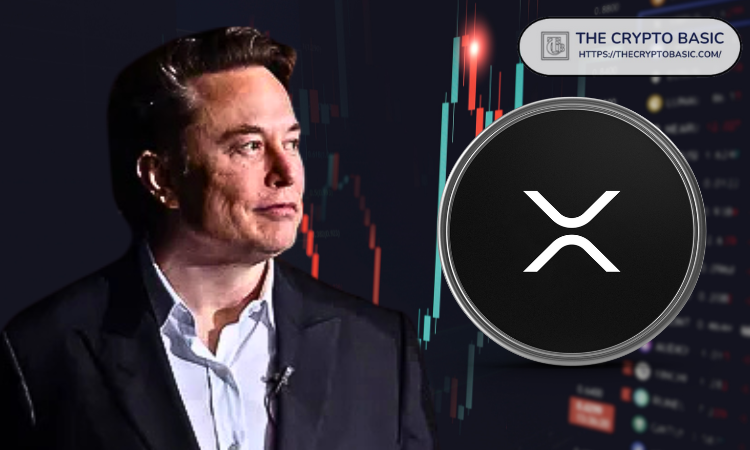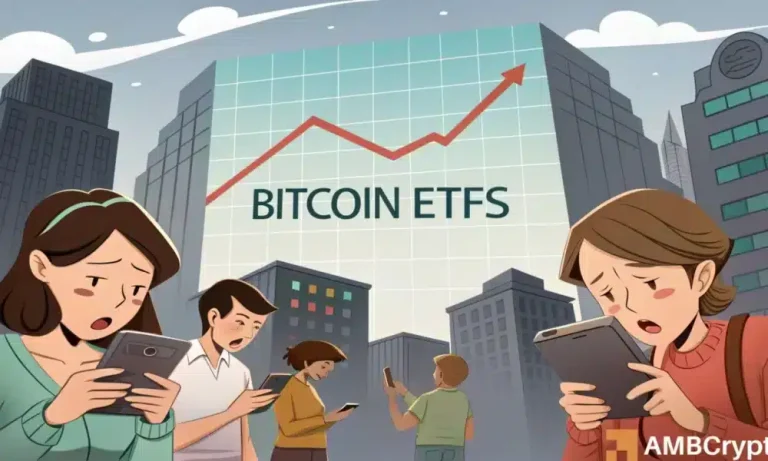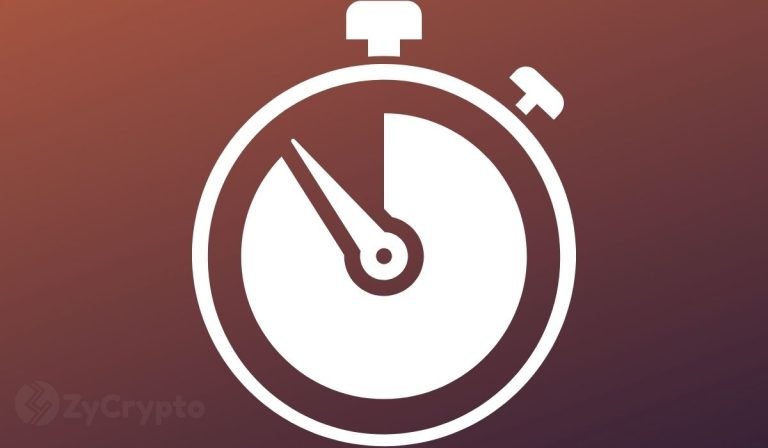The cryptocurrency sphere and that of traditional finance continue to merge in ways that were previously unthinkable. To wit, Canary Capital filed documentation with the SEC to start the first ETF backed by non-fungible digital tokens. Non-fungible tokens are digital assets representing ownership of a specific piece of content. Most often, they are backed by digital art or virtual goods. All ETFs, backed by fungible assets — such as stocks, gold, or cryptocurrencies — are interchangeable. In other words, a dealer can exchange the ETF for the underlying assets or vice versa.
The proposed non-fungible ETF will invest at least 80% in Pengu, the official token of the Pudgy Penguin Project. Additionally, 5-15% of the ETF will be invested in Pudgy Penguin NFTs. So, what is Pengu? Per Canary Capital’s S-1 SEC Registration Statement:
PENGU is a new SPL token that exists on the Solana Network. Relative to other digital assets such as bitcoin, ETH and SOL, PENGU has very few identified use cases apart from a collector’s item.
The graphic below, courtesy of CoinMarketCap, shows that the Pengu token trades for slightly more than a penny and has a market cap of approximately $635 million. Filing an SEC document is relatively easy. The big question is whether the SEC will take the bold step of allowing non-fungible ETFs.
What To Watch Today
Earnings
Economy
Market Trading Update
Yesterday, we discussed more of the “Sell In May” thesis, which, while statistically correct, can often not work out well for investors trying to adhere to the strategy. This summer may be another summer where the plan fails and markets trade higher. The reason is that the nearly 20% decline in April reduced the more extreme overbought momentum indicator in the market. The last similar market reversal was in 2022, when the weekly and MACD signals reversed from overbought levels and turned higher. While no two markets are ever the same, RSI has climbed back above 50, and the MACD has triggered a weekly buy signal.
Of course, the question in comparing the current market to 2022 is whether the current buy will fail as it did then. In 2022, it was the second signal that marked the end of the decline. The difference today is that RSI is above 50, generally a buy signal, and the MACD is turning positive. Given the current setup, we would guess that the market will likely retest all-time highs rather than retest previous lows. As such, we suggest keeping allocations tilted toward equities for now.
However, with that said, that does not mean that there won’t be pullbacks along the way. Those pullbacks should be bought, and continue to manage risk accordingly.
GDPNow Rebounds
In our Commentary from March 5th, we wrote the following: “The Atlanta Fed GDPNow estimates first quarter growth of -2.8%. That is almost a 5% decline from its estimate a week ago.” Despite the plunge in the Atlanta Fed’s GDPNow estimate, we advised against worrying, as the change was due to the significant purchase of imported goods and services to front-run expected tariffs. The top chart below, courtesy of the Atlanta Fed, shows how the substantial growth in imports dwarfed exports, resulting in a sharp negative contribution to first-quarter GDP.
Today, we are seeing the reversal of the tariff-beating actions. GDPNow for the second quarter spiked to 4.6%, over 2% higher than it was weeks ago. The culprit, as the second graphic shows, was a goods trade deficit of $87 billion, about half of the $162 billion deficit in March. Conversely, private inventories have contributed to negative GDP growth this quarter; however, the increase in inventories, supplemented by hoarding, resulted in a positive contribution in the first quarter.
The underlying point is that the -0.2% GDP in the first quarter will be offset by a much higher-than-normal second-quarter GDP. The net result from the two quarters, which will effectively strip out tariff-related front-running of inventories, will be a GDP averaging 2 to 2.5%, in line with recent trends.
Stablecoins To The Treasury’s Rescue
Digital Money was the title of TBAC’s April 30, 2025, presentation to the U.S. Treasury Department, and an important topic worth discussing. TBAC, short for the Treasury Borrowing Advisory Committee, is comprised of senior investment professionals from the largest banks, brokers, hedge funds, and insurance companies. Most often, the committee informs the Treasury staff on market conditions and makes recommendations on debt issuance. The group’s recommendations typically carry significant weight with the Treasury. At its most recent meeting, the TBAC discussed digital money, better known as stablecoins, as a “new payment mechanism” that can benefit the Treasury by generating “materially heightened demand” for Treasury bills.
Given that digital money is now a reality and the TBAC is advising the Treasury Department on it, it’s worth summarizing the TBAC report and discussing how it may impact the Treasury bond market and change the financial system.
Tweet of the Day
“Want to achieve better long-term success in managing your portfolio? Here are our 15-trading rules for managing market risks.”
Please subscribe to the daily commentary to receive these updates every morning before the opening bell.
If you found this blog useful, please send it to someone else, share it on social media, or contact us to set up a meeting.




